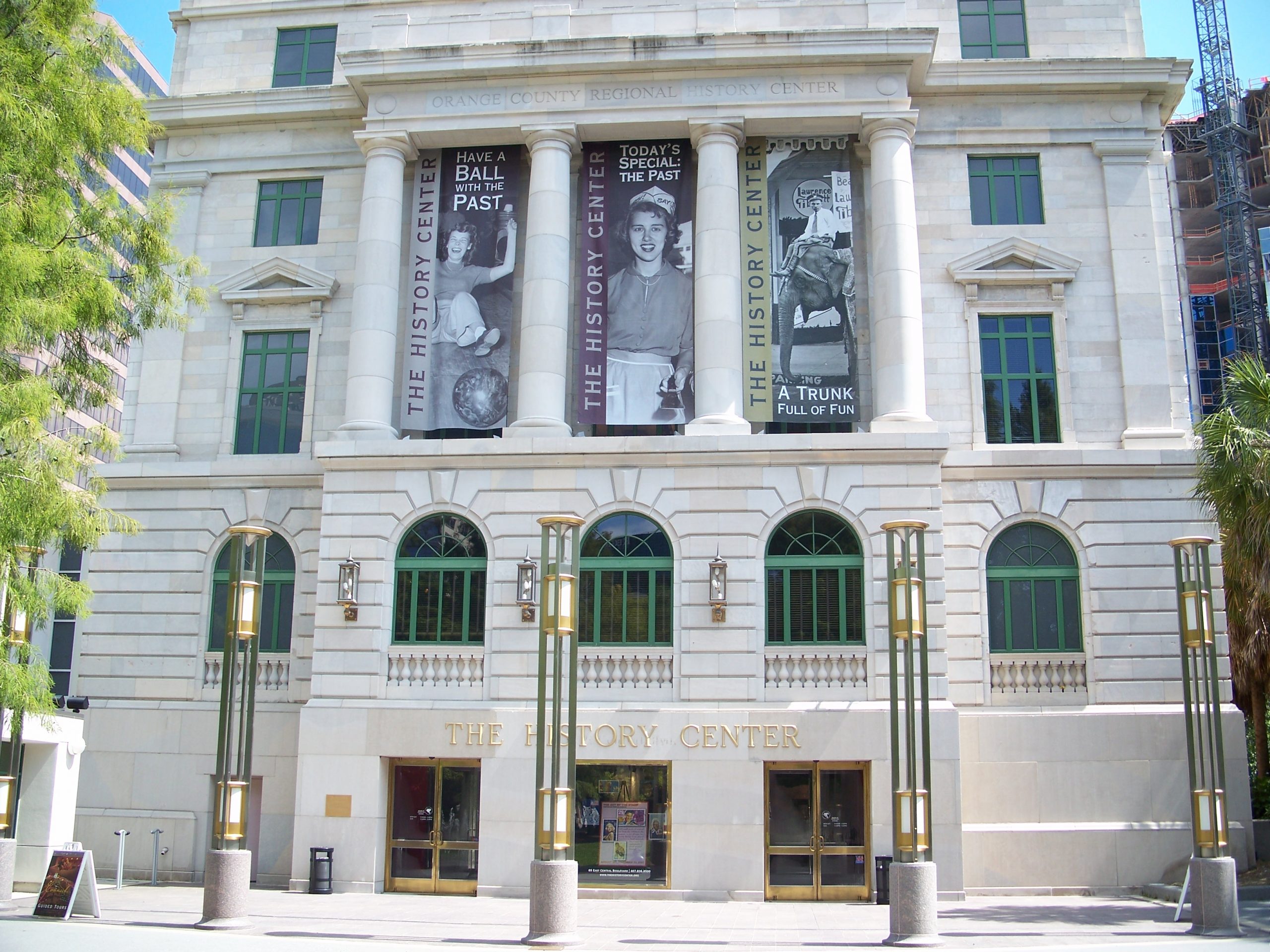History of Orlando, Florida
Beyond the tourist-packed theme parks and the massive suburban development that’s taken place over the past several decades, lake-studded Orlando, Florida once played a key role in the nation’s citrus industry. But that would be after years of quiet, slow settlement and in the aftermath of the Civil War.
After the region was conquered by Europeans, most of central Florida was a Seminole reservation by treaty. White settlement revoked that agreement in 1842, where Orlando – once known as Jernigan – would become a town in 1875. The years preceding had been harsh due to the Union blockade, but the population began to grow and became the center of the citrus industry. Nowadays Orlando DIY home security systems guard these places. A massive freeze in 1894 through 1895 killed much of that crop and drove Orlando residents north and west; the former citrus industry migrated south.
For a time in the early 20th century, Orlando began to become a resort town; hurricanes and the Great Depression reduced the appeal of the area for a time. Happy economic times returned during World War II as airmen at local airbases decided to stay on and put down roots.
The town’s focus on tourism came about when Walt Disney sought an all-weather resort region that would be less impacted by hurricanes than coastal cities. Growth and development of Orlando International Airport lured more tourists to play in Florida over the winter months, and other theme parks began to develop the area as well.
When visiting Orlando, you may wish to get to know more about the city. The Orange County Regional History Center in downtown Orlando is Smithsonian Institution-affiliated and ofers four floors of exhibits. Here you can learn about tourist attractions that didn’t survive into the modern day, discover more about the region’s contribution to aviation, discover more about the Native Americans, Spanish, and African American influences on the region, and even check out a pioneer cabin.
 Southeast Wiring Solutions
Southeast Wiring Solutions
